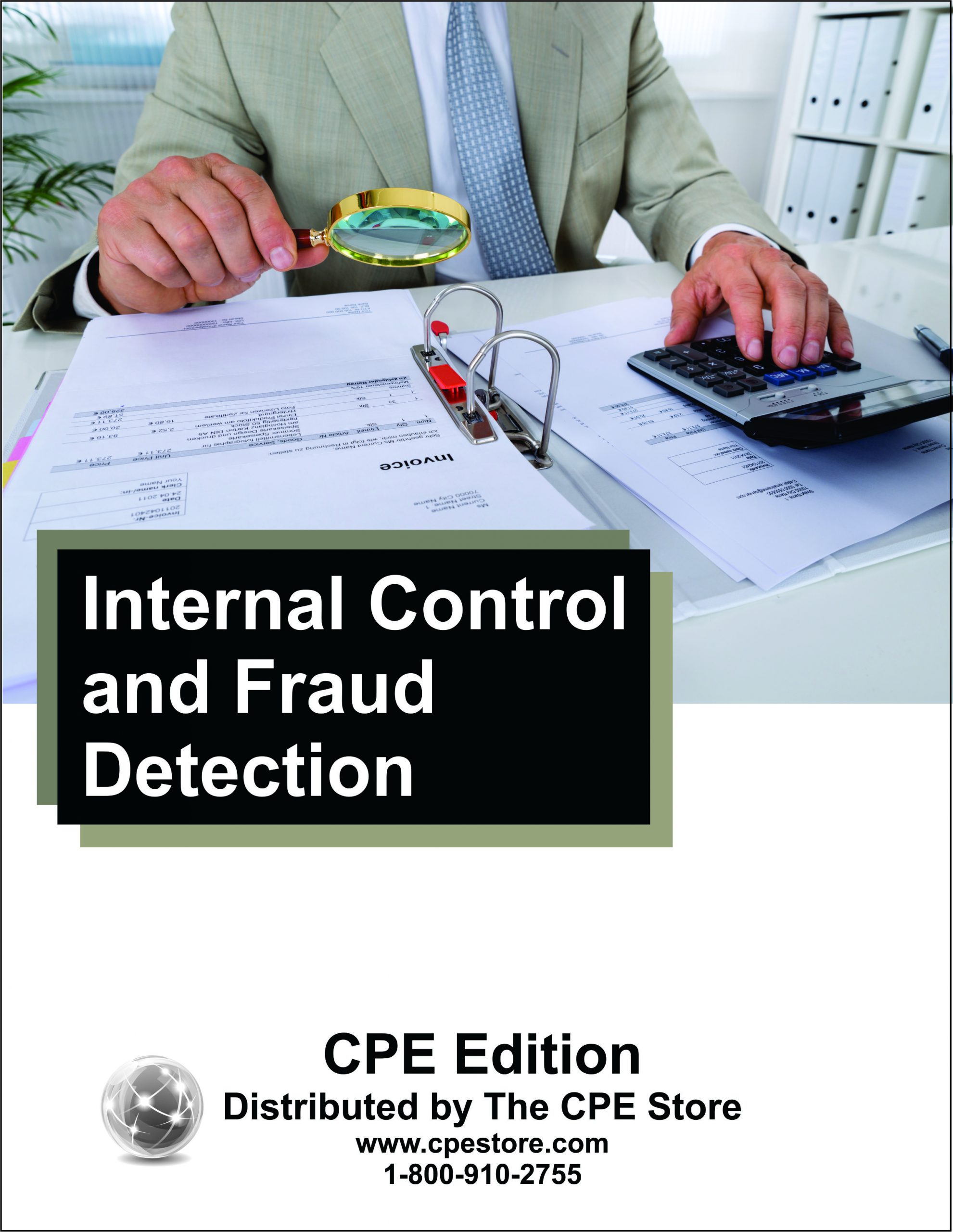Internal Control and Fraud Detection
NASBA field of study: Auditing Course credit: 8 hours
This course presents the principles of internal control to help readers understand the nature and context of control, such as limitations of internal controls, the most recognized controls frameworks (e.g. COSO Framework, Green Book), and some common and important control procedures. It also includes steps on how to identify risks and controls, advice on how to assess the adequacy of controls, a discussion of how to reach a fair assessment, and documentation requirements for evidences of effective controls. In addition, the course discusses requirements related to performing an integrated audit: SAS 130 and AS No. 2201. Although these auditing rules are mandatory for external auditors and not for management, management should give consideration to following the approach described in these requirements. Includes an illustration of potential internal controls weaknesses involving accounting and financial reporting cycles, along with examples of compensating controls. It provides sample audit programs of key processes. It also incorporates appendices including: an example of management internal control report, a SOX Section 404 management compliance checklist, financial reporting controls and information systems checklist for each key cycle (e.g. revenue, inventory, financing), and a computer applications checklist.
Course level: Basic. Prerequisites: None.
Course includes integrated text and study guide, final exam, and grading service.
Course number: AA762402
Printed Version$69
PDF$69
Colleague Test(s)$25
